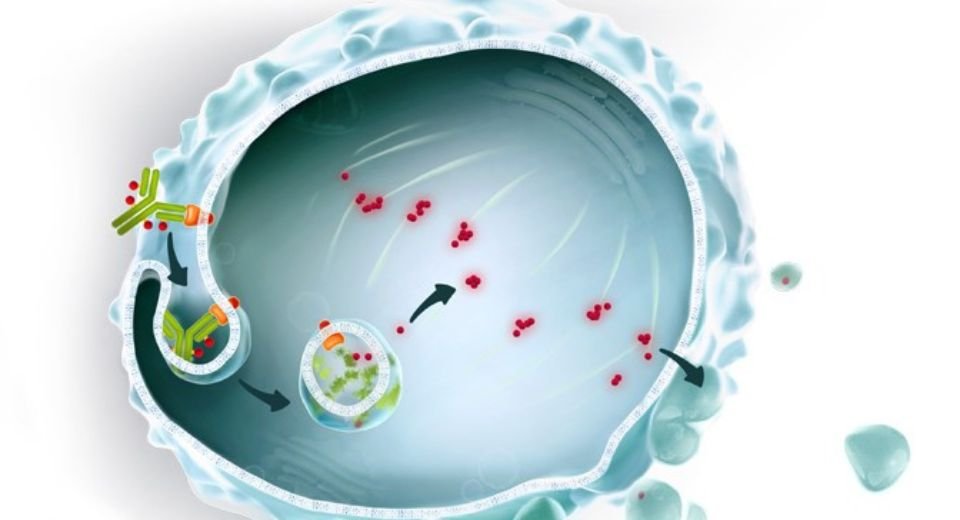HQ Team
December 13, 2023: Pfizer is expected to close the $43 billion acquisition of Seagen by Thursday as the company announced restructuring its business and management.
Pfizer will create a new Pfizer Oncology Division, which will integrate certain oncology commercial and research operations of both companies.
It will be led by Dr Chris Boshoff, who will become Chief Oncology Officer, Executive Vice President reporting directly to CEO Albert Bourla, according to a Pfizer statement.
Pfizer will split its non-oncology commercial organisation into two business divisions: the Pfizer U.S. Commercial Division to focus on the US market, and the Pfizer International Commercial Division for the rest of the world.
The US team will be led by Aamir Malik, who will become Chief U.S. Commercial Officer, and Executive Vice President, and the other will be led by Alexandre de Germay, who will join Pfizer as Chief International Commercial Officer and Executive Vice President.
Effective January 1
“While these three leaders will begin transitioning to their new roles immediately after the completion of the Seagen acquisition, the new organisational structure will go into effect on January 1, 2024,” according to the statement.
The changes were made “to maximise the impact of this transaction and enhance our commercial execution across all the company’s therapeutic areas,” Dr Bourla said.
In March 2023, Pfizer announced that it would buy Seagen for $43 billion to beef up its cancer portfolio as with COVID-19 vaccine sales forecast continued to plummet.
Pfizer, which is investing heavily in new drugs and research as its patents expire, will buy Seagen, a Seattle-based biotechnology company that discovers, develops, and commercialises cancer medicines, for $229 a share in cash.
The companies expect to complete the transaction in late 2023 or early 2024. Pfizer expects to achieve nearly $1 billion in cost efficiencies in the third full year after the completion of the transaction.
Seagen is set to expand the impact of its therapeutic approach with its pipeline that includes 11 new molecular entities, many with the potential to treat large patient populations and all global commercial rights.
